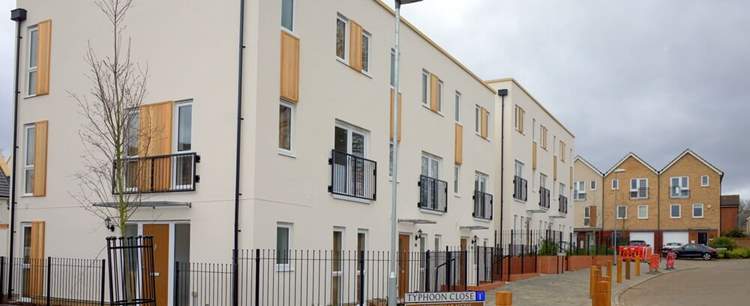It’s the basic law of supply and demand – when supply goes down, prices go up.
That is exactly what is happening in the private rental market at the moment, explained Landlord Today earlier this month.
For a number of years now, the stock of private rented accommodation has been on the decline – it is one of the major contributors to the current housing crisis. Previously the lowest number of available private lets was recorded in the third quarter of 2015. Current availability has dropped by a further 13% on that record low.
Across the country, the decline in the stock of private lets has been patchy – while the average decrease has been 13%, in London, for example, availability has plunged by as much as 24%.
An inevitable consequence of this decline in supply, of course, is an overall increase in rent levels.
During the year to this August, rents in Manchester and the northwest of England rose by an average of 3.3% to £741 per month. Those in London – where the decline in availability has risen more steeply – increased by an average of 3.5% to £1,698 a month.
The increase in average rents around the country, however, does not necessarily mean that buying to let has become more profitable. Rather, the steady increase not only in property prices but also the ongoing costs of maintenance and running the business, need to be passed on to tenants – and this is largely responsible for the national increase in levels of rent.






